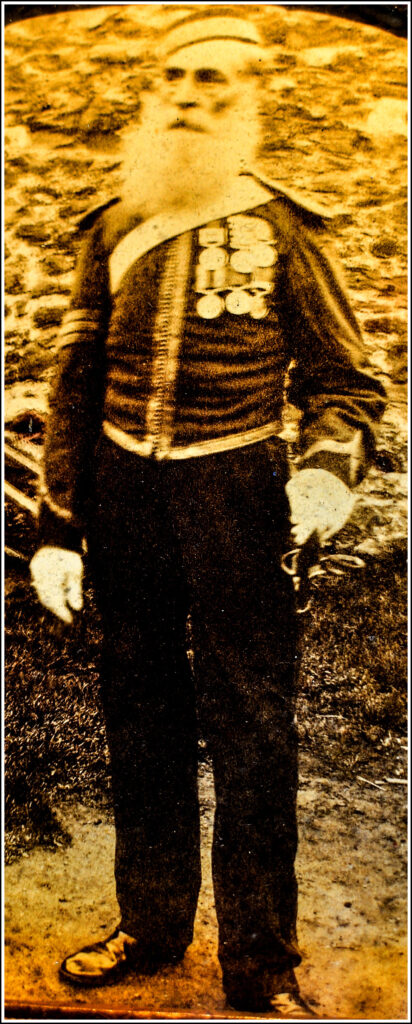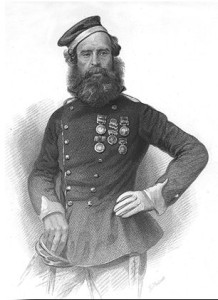Dunbar being a barracks town, the military has had a regular connection with the lodge of Dunbar Castle over the years. Even before the barracks were built, the raising and disbandment of the different regiments can be traced, in part, through the records of the lodge and by the titles and ranks of the joining and affiliating members.
of Dunbar Castle over the years. Even before the barracks were built, the raising and disbandment of the different regiments can be traced, in part, through the records of the lodge and by the titles and ranks of the joining and affiliating members.
One of the seven founder members in 1758 was Cornet Duke Adams a cavalry officer based in Dunbar. The Lodge can boast some other well-known military figures among its members.
Sir Patrick Warrender of Lochend, 3rd Baronet (7 March 1731 – 14 June 1799) was a Scottish soldier and politician. Lt. Col. Warrender was Master in 1767, and later became MP for the county In the same year Captain (later Sir) Hew Dalrymple joined the lodge.
Sir Hew Dalrymple, 3rd Baronet (26 October 1746 – 13 February 1800) was the Member of Parliament (MP) for Haddingtonshire 1780-1786. As an army officer he served as in ensign in the 31st Foot from 1763, a captain in the 1st Foot from 1768, and the 92nd Foot from 1779
John Penn
A great number of military personnel have passed through the doors of the lodge but probably none so colourful a character as John Penn who joined the lodge in 1874 and was tyler from 1882. He took part in the infamous charge of the Light Brigade against the Russians at Balaclava, he was resident at the barracks in Dunbar as Sergeant Instructor with the East Lothian Yeomanry Cavalry.

During his military career he was awarded 11 decorations for gallantry, which is a very impressive record. This is a pair of photographs, one showing him as a private in the 17th Lancers and the other in his uniform of Sergeant Instructor.
More information on John Penn can be found on the following links (1); ( 2); (3)
General Sir Francis Reginald Wingate, 1st Baronet GCB, GCVO, GBE, KCMG, DSO, TD (25 June 1861 – 29 January 1953) was a British general and administrator in Egypt and the Sudan.
Probably the most notable military member of the lodge Gen. Sir Francis Reginald Wingate was made an honorary member after unveiling the memorial board to Lodge members lost in the Great War. He had held some of the most senior positions in Freemasonry under the English Constitution.
Gen. Sir Francis Reginald Wingate was made an honorary member after unveiling the memorial board to Lodge members lost in the Great War. He had held some of the most senior positions in Freemasonry under the English Constitution.
The harbour doesn’t figure as prominently as the barracks in Lodge records but there were always a great number of the fishermen on the members roll. References are made in the minutes of visits from Royal Navy personnel and traders who would be berthed at Dunbar harbour. Some of these regular visitors are recorded as having affiliated to the lodge, and introduced initiates from their crews. One of the most important roles played by the Lodge, in the 1800’s, was in arranging interment of one James Granson who was master of the schooner “Cromarty” which foundered on the coast near Dunbar in 1857 tragically with the loss of all lives. When Gransons body was recovered, his Masonic diploma was found secured on his person, presumably to assure that would be afforded a decent burial. The members of the Lodge arranged his funeral and sent word to his lodge that his final wishes had been respected. The Lodge received a letter of thanks from the Lodge in Aberdeen for this display of Masonic principles and charity. The letter framed and displayed in the lodge museum.
